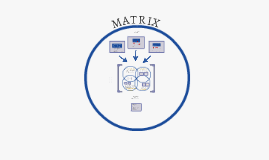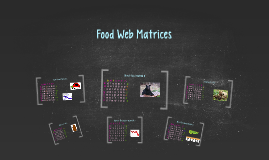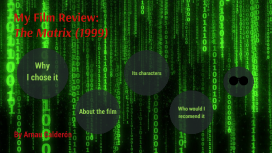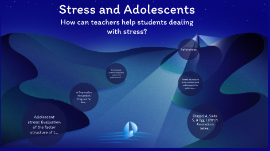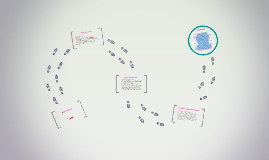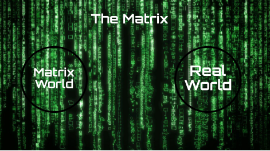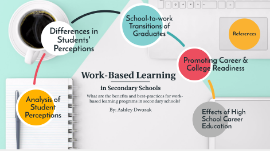Matrix Presentation
Transcript: By: Ashley Dworak in Secondary Schools Work-Based Learning What are the benefits and best-practices for work-based learning programs in secondary schools? Analysis of Student Perceptions Analysis of student perceptions of the psychosocial learning environment in online and face-to-face career and technical education courses. Purpose Analysis Findings Examine high school students perceptions of face-to-face vs. online Career and Technical Education (CTE) courses Carver, D.L., & Kosloski Jr., M.F. (2015). Analysis of student perceptions of the psychosocial learning environment in online and face-to-face career and technical education courses. The Quarterly Review of Distance Education, 16(4), pp. 7-21. Carver, D.L., & Kosloski Jr., M.F. (2015). Analysis of student perceptions of the psychosocial learning environment in online and face-to-face career and technical education courses. The Quarterly Review of Distance Education, 16(4), pp. 7-21. Analysis Findings 745 students completed a survey at the end of the course 5-point Likert scale Categories including: instructor support student interaction & collaboration personal relevance authentic learning active learning student autonomy enjoyment. Example of questions: Instructor Support Student Interaction & Collaboration Personal Relevance Authentic Learning Active Learning Student Autonomy Enjoyment Figure 1. Modified items in survey (Carver & Kosloski, 2015, p.14) Online In Person Differences between general and talented students’ perceptions of their career and technical education experiences compared to their traditional high school experiences Differences in Students' Perceptions Gentry, M., Peters, S.J., & Mann, R. L. (2007). Differences between general and talented Understand the different perceptions of general and talented students in a CTE program vs. a traditional high school 51 students were interviewed after 9-weeks Half-day at CTE, other half at high school Interview factors included: Appeal Challenge Choice Meaningfulness Self-efficacy Coding of data was done to find themes Perceptions of CTE program were superior to traditional high school Themes were: Student Autonomy Effective/Caring Teachers* Similar Interest Peers Relevant Content Analysis Purpose Findings students’ perceptions of their career and technical education experiences compared to their traditional high school experiences. Journal of Advanced Academics, 18(3), 372-401. School-to-Work transition of career and technical education graduates School-to-work Transitions of Graduates Packard, B. W., Leach, M., Ruiz, Y., Nelson, C., & DiCocco, H. (2011). School-to-Work transition of career and technical education graduates. The Career Development Quarterly, 60, 134-144. To analyze CTE high school graduates during their school-to-work transition, specifically their adaptability to barriers 40 students, all were first generation college students Baseline survey completed to find career narrative Students were to outline their current school and work activities Follow-up interviews were conducted at 6 months and 1 year after graduation Four themes developed: Job loss altered career plans, n=20 25% felt validation in career Limited financial access to college, n=14 40% of participants furthered their career goals by going to college Graduates experienced loss of education-related support, n=26 30% did not have any support at graduation CTE served as a back-up plan, n=4 Persued other careers goals Analysis Purpose Findings Promoting Career & College Readiness Promoting career and college readiness, aspirations, and self- efficacy: Curriculum field test Martinez, R.R., Baker, S.B., & Young, T. (2017). Promoting career and college readiness, aspirations, and self-efficacy: Curriculum field test. Career Development Quarterly, 65(2), 173-188. doi:10.1002/cdq.12090 To examine the effects of a curriculum intervention designed to improve career and college readiness of early adolescents of low socioeconomic status. Curriculum intervention was superior to an individualized learning mode Enhancements were shown in post-education knowledge and college readiness self-efficacy Post-educuation aspirations were not affected Variances were due to individual variables (gender, ethnicity, etc.) Analysis Purpose Findings 163 ninth-grade students With the curriculum intervention, the goal was to increase: post-education going knowledge (PEG-K) post-education going access aspirations (PEG-AA) college readiness self-efficacy Pre/Posttests were given Tests were varying from true/false to 3-5-point Likert scales Effects of High School Career Education The effects of high school career education on social-cognitive variables McWhirter, E.H., & Rasheed, S. (2000). The effects of high school career education on social-cognitive variables. Journal of Counseling Psychology, 47(3), 330-341. To examine five variable effects of a 9-week career education class: career decision-making self-efficacy vocational-skills self-efficacy







